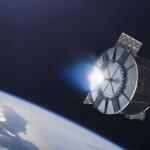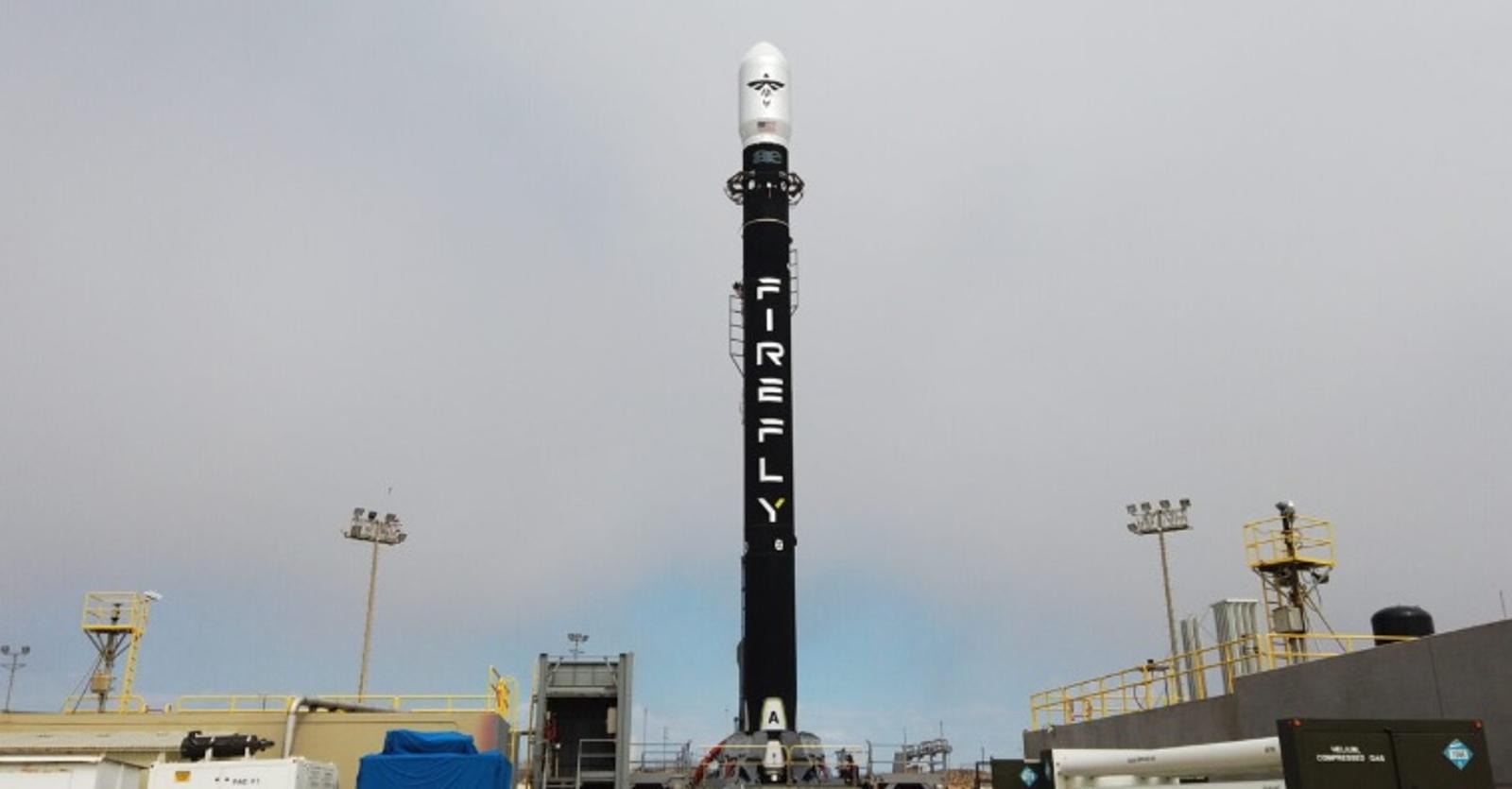Fleet Space Technologies, a leading Australian space technology company, is set to make history as it embarks on a groundbreaking mission to the Moon.
Firefly’s Blue Ghost lunar lander will deploy Fleet Space’s SPIDER payload to detect water ice deposits and examine the mineral profile of the lunar subsurface aboard the Blue Ghost lunar lander.
This international mission to the far side of the Moon will also include payloads from NASA and the European Space Agency as part of NASA’s Commercial Lunar Payload Services (CLPS) initiative.
Earlier this year, Fleet was awarded a A$4M grant by the Australian Space Agency for its Moon to Mars: Demonstrator Program to develop a geophysical device that will deliver insight about the subsurface of the Moon’s South Pole.
The geophysical device that will be deployed on the Moon by Firefly’s Blue Ghost lunar lander is called the Seismic Payload for Interplanetary Discovery, Exploration and Research (SPIDER).
CEO of Firefly Aerospace Bill Weber, said “The Firefly team welcomes Fleet Space on our far side lunar mission that will serve as a critical building block for future human and robotic missions to come,”
“Firefly proudly supports the growing lunar economy across the United States, Europe, and now Australia, and we invite additional Artemis Accords nations to join us as we collectively build a sustainable presence on the Moon.” he said.
Leveraging the latest advances in Ambient Noise Tomography (ANT), SPIDER will record the natural seismic waves in the Moon’s subsurface to examine its mineral profile and search for water ice deposits.
Matt Pearson, Co-Founder and Chief Exploration Officer at Fleet Space Technologies said, “Humanity is on the brink of making tremendous strides in our scientific understanding of the lunar regolith by using advanced seismic technologies to acquire deeper insights about the Moon’s subsurface,”
“Technologies, like SPIDER, will become key enablers of our long-term efforts to sustain life on the Moon and beyond,”
“Fleet is honoured to contribute our groundbreaking passive seismic technology to advance research that will enable the development of permanent infrastructure capable of supporting human life on other worlds.
“As the first Australian seismic technology to land on the Moon, we’re proud to take the first step of Australia’s 7 Sisters mission to explore the Moon and Mars in alignment with NASA’s Artemis program.”
The Australian Space Agency’s Demonstrator Program grant from June 2023, enabling Fleet to build SPIDER, establishes Australia and Fleet at the forefront of lunar exploration and international efforts to develop permanent infrastructure for humans on the Moon.
“The Australian Space Agency is proud to support the development of SPIDER. SPIDER embodies high-tech Australian ingenuity that can make Australia a valuable contributor to international lunar exploration efforts as part of NASA’s Artemis program,” said Enrico Palermo, Head of the Australian Space Agency.
“Innovating for the harsh environment in space, where resources like water are scarce, drives a shift in engineering approach that ultimately advances technology and sustainable practices here on Earth,”
Fleet’s partnership with Firefly Aerospace is an important milestone as we seek to showcase more unique Australian technologies in space.” he said.
“The Firefly team welcomes Fleet Space on our far side lunar mission that will serve as a critical building block for future human and robotic missions to come,” said Bill Weber, CEO of Firefly Aerospace.
“Firefly proudly supports the growing lunar economy across the United States, Europe, and now Australia, and we invite additional Artemis Accords nations to join us as we collectively build a sustainable presence on the Moon.”
As part of NASA’s Commercial Lunar Payload Services (CLPS) initiative. Firefly’s second lunar mission is set to transport the European Space Agency’s Lunar Pathfinder satellite into lunar orbit and NASA’s LuSEE-Night radio telescope to the lunar surface.
The mission’s dual-stage spacecraft configuration, featuring Firefly’s Blue Ghost lunar lander on the Firefly Elytra orbital vehicle, offers exceptional adaptability for delivering payloads to both lunar surfaces and orbits, contributing to the development of global lunar infrastructure.







